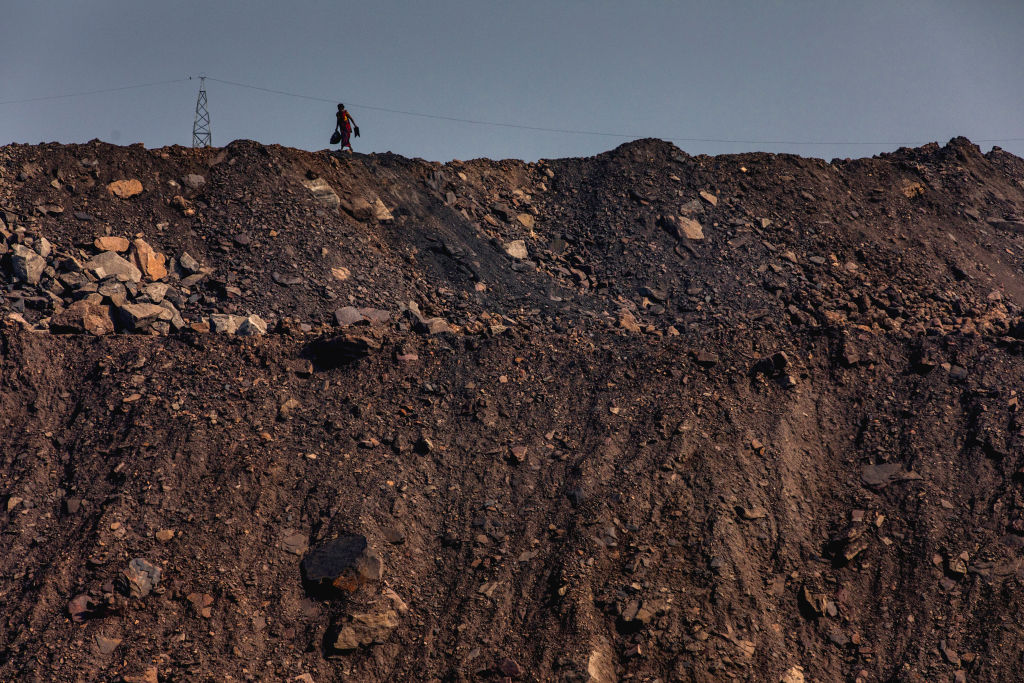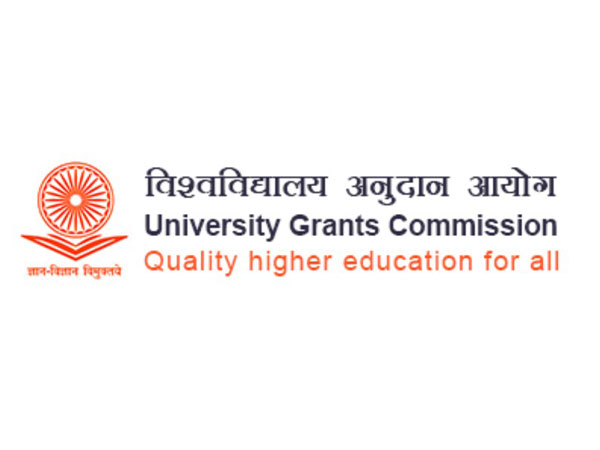A recent study conducted by scientists from the Birbal Sahni Institute of Palaeosciences (BSIP), Lucknow, has uncovered substantial potential for hydrocarbon generation in the eastern region of the South Karanpura coalfield, located in the Ramgarh district of Jharkhand.
The research, which combined microscopic palynomorph analysis and geochemical assessments, highlighted the eastern Sirka coalfield as having a higher potential for hydrocarbon generation compared to the Giddi coalfield in the northern region.
The South Karanpura coalfield, known for its rich coal deposits, consists of 28 major coal blocks and has long been recognized as a critical resource for India’s energy sector. With the growing demand for energy and the global shift toward green energy, there is increasing interest in exploring unconventional hydrocarbon resources, such as coal bed methane and shale gas, within the region. The preservation of hydrocarbons in these coalfields is viewed as key to India’s energy security.
The study, led by BSIP researchers, analyzed microscopic organic remains, including pollen, spores, and palynomorphs, using a method known as Rock-Eval pyrolysis to assess the hydrocarbon generation potential of the Sirka and Giddi C areas in the Damodar Basin. This geochemical technique allows for the evaluation of rock samples by cracking organic matter in an open system to measure various hydrocarbon-related parameters.
Samples were collected from coal, carbonaceous shale, and sandstone layers in Sirka Colliery and Giddi C Colliery, part of the Hazaribagh district. Parameters such as free hydrocarbons, pyrolyzable carbon, and residual hydrocarbons were thoroughly analyzed. The results, particularly from the Permian (Barakar) deposits, indicated favorable conditions for hydrocarbon generation in the South Karanpura coalfield’s eastern region.
Published in the Journal of Asian Earth Sciences-X, the study offers valuable insights for future exploration of energy resources, contributing to India’s national energy strategy. However, the researchers emphasize that further detailed investigations are required to confirm the economic viability of hydrocarbon exploration in the area.



















